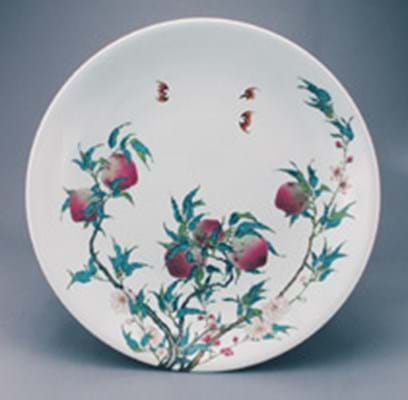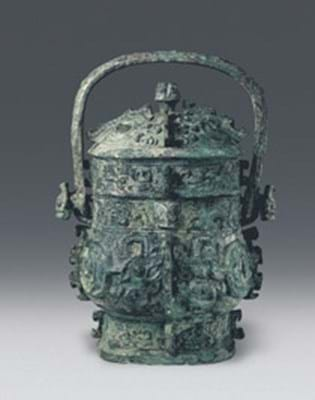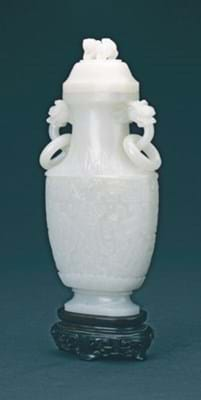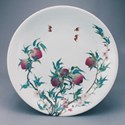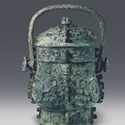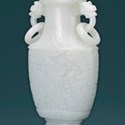China's auction market has undergone a rapid transformation in the last two decades. Twenty years ago, the People's Republic had no auction houses. There was no domestic demand for antiques. The only antiques outlets were state-owned. Communist China was a closed shop to the rest of the world.
Now, conservative estimates put the number of Beijing's licensed auction houses at around 65. Mr Gan Xuejun, managing director of Beijing's Huachen Auction Co, calculates that there are as many as 198 "auction enterprises" in Beijing alone with a further 50,000 private antiques outlets and markets throughout China.
This explosion of the domestic market has gone hand in hand with the country's extraordinary economic growth. The world's fourth largest economy is now home to around 10,000 people worth in excess of US$10m each (though one tenth of the country's 1.3bn population still struggles to survive on less than US$1 per day).
High-profile international auction purchases made by members of this multi-millionaire set are often publicly gifted to the country's museums. Such acts of generosity are looked upon favourably by a government eager to repatriate China's many lost imperial treasures.
In the early 1990s, the focus of the mainland's recently established raft of auction firms was to turn a quick profit. Now, major houses are concentrating on regulating industry standards, maintaining their client base and attracting overseas business.
"China's auction houses remain extremely hungry for information and training and are seeking ways to learn," comments Sotheby's managing director for Asia and Australasia, Henry Howard-Sneyd.
Some may be starting to give international auction house stalwarts a run for their money.
Beijing's largest auction house is China Guardian who have seen their turnover jump dramatically in recent years. In 2004 sales stood at RMB900m (£58.25m)*. Their 2005 sales totalled RMB1.8bn (£116.5m), followed last year by figures of RMB1.26bn (£81.5m). China Guardian say non-Chinese speaking Westerners comprise 10 per cent of their buyers.
Hanhai are also in the capital city. They estimate as much as 40 per cent of their RMB1.05bn (£68m) turnover last year comprised foreign sales and 40 per cent of consignments in their Spring 2007 auction are sourced from overseas.
Similarly, 40 per cent of Beijing's Poly International 2006 sales were made to foreigners.
Overseas buyers are not as prevalent at Rongbao but the Beijing firm, whose 2006 turnover was RMB534.2m (£34.6m), are active in sourcing foreign consignments. Around 35 per cent of their June sale hails from overseas.
The most prestigious Chinese sales are still those held by the major firms in Hong Kong, but for Westerners wishing to buy or sell Chinese-taste classical painting or calligraphy, the market on the mainland is strong.
Beijing's Guardian have had many successes in this category. Most notable was the scroll painting Rare Birds, by the Song Dynasty Emperor Huizong, hammered down for RMB25.3m (£163,750) in 2000.
Guardian's more recent highlights include a Qianlong mark and period famille rose eight Immortals vase that fetched RMB52.8m (£341,750) in their Spring sale last June.
Mainland auctions are also a fertile hunting ground for Chinese contemporary art. Unlike antiques, these artworks can be exported without restriction. This is a hot market driven by Western collectors. Liu Xiaodong's Three Gorges: Newly Displaced Population set a new contemporary Chinese art record at RMB22m (£1,424,000) at Beijing Poly International last November.
Just how easy is it for non-mandarin speaking foreigners to buy at auction on the mainland? Which are the main reputable salerooms? What pitfalls await the unsuspecting vendor? How can buyers avoid fakes? What are the export laws?
For the answer to these questions and for a forthcoming sales calendar in mainland China, see this week's printed ATG newspaper. To subscribe click here.
Note: £1 = RMB15.45
No longer China’s forbidden cities…
Imperial Chinese ceramics and works of art are at the centre of a raging bull market. Auction prices have skyrocketed thanks to fierce competition between Western dealers, collectors and a large body of Asian buyers, many Chinese mainlanders amongst them. With the major Spring sales in China staged during a six-week period from mid-May to early July, ATG brings you a timely lowdown on the auction scenes in Beijing and Shanghai.

